Last updated on
Discover the effectiveness of Drano in tackling those stubborn clogs and keeping your kitchen sink flowing smoothly.
Have you ever experienced the frustration of a clogged kitchen sink? It’s a common problem that can cause inconvenience and even damage to your plumbing system. While there are many DIY solutions out there, one product that often comes to mind is Drano.
But does it really work in kitchen sinks? In this article, we’ll explore the effectiveness of Drano and whether it’s the right solution for your clogged sink woes. So sit back, grab a cup of coffee, and let’s dive in!
What's Inside
Understanding Drano

Drano is a popular brand of drain cleaning products that has been around for decades. It’s known for its ability to dissolve tough clogs and keep drains flowing smoothly.
But what exactly is Drano, and how does it work?
Drano is a chemical-based product that uses powerful ingredients to break down the materials causing the clog in your drain. The active ingredient in most Drano products is sodium hydroxide, also known as lye or caustic soda.
This compound works by generating heat when it comes into contact with water, which helps to dissolve hair, grease, soap scum and other organic matter.
It’s important to note that while Drano can be effective at clearing clogs quickly and easily without requiring professional help; however using too much or too often can cause damage on pipes over time due its corrosive nature.
What Is Drano?
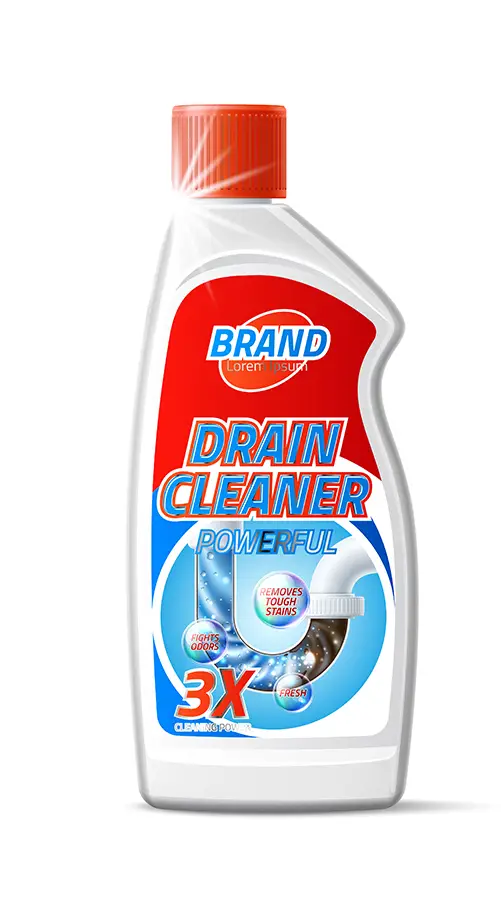
It’s known for its ability to dissolve tough clogs and keep drains flowing smoothly. Drano comes in different forms, including liquids, gels, and granules that are specifically designed to tackle various types of clogs.
The active ingredient in most Drano products is sodium hydroxide or lye. This chemical works by breaking down organic matter such as hair, grease, food particles and other debris that can cause blockages in your pipes.
While it’s important to note that Drano should be used with caution due to its potentially harmful effects on plumbing systems if not used correctly; when used properly according to the instructions provided on the label it can be an effective solution for clearing kitchen sink clogs caused by common household items like cooking oil or soap scum buildup.
Types of Drano Products
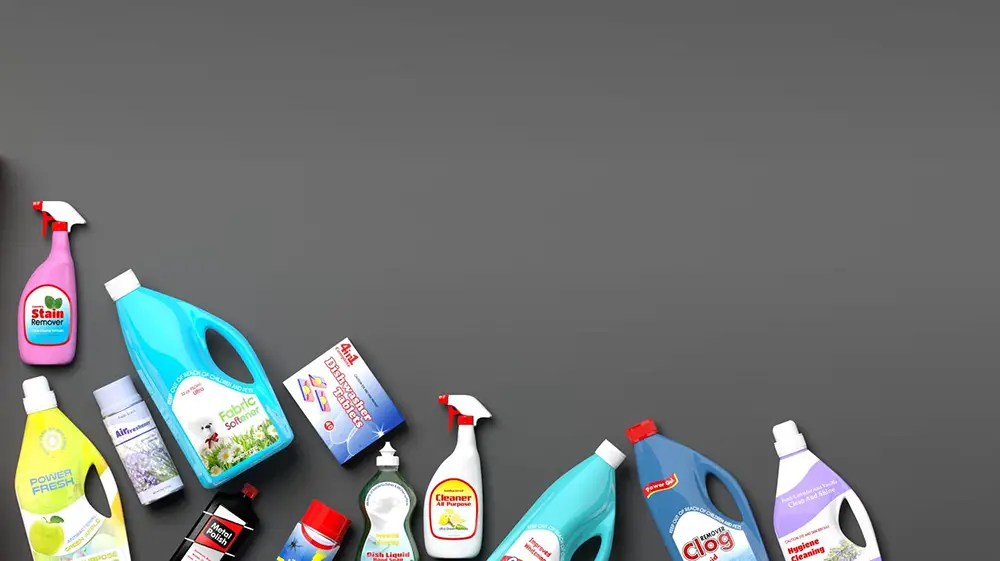
Over the years, the company has developed several types of Drano products to cater to different types of clogs and plumbing systems. Some common Drano products include Max Gel Clog Remover, Kitchen Granules Clog Remover, and Dual-Force Foamer Clog Remover.
Max Gel Clog Remover is one of the most popular Drano products on the market today. It’s designed to dissolve tough clogs caused by hair, soap scum, food particles and other debris in your kitchen sink or bathroom drains quickly.
The thick gel formula clings to pipes longer than liquid formulas so it can penetrate deep into your drain lines for maximum effectiveness.
Kitchen Granules Clog Removers are another type of Drano product specifically formulated for kitchen sinks with grease buildup issues. These granules work by dissolving stubborn grease deposits that cause slow draining water in your sink.
Dual-Force Foamer Drain Cleaner is a unique product from Drano that uses two powerful agents – sodium hydroxide (lye) and aluminum – which react together when mixed with water creating foam capable enough to remove even toughest clogs from any pipe system including septic tanks without causing damage or corrosion over time.
Drano Max Gel Clog Remover
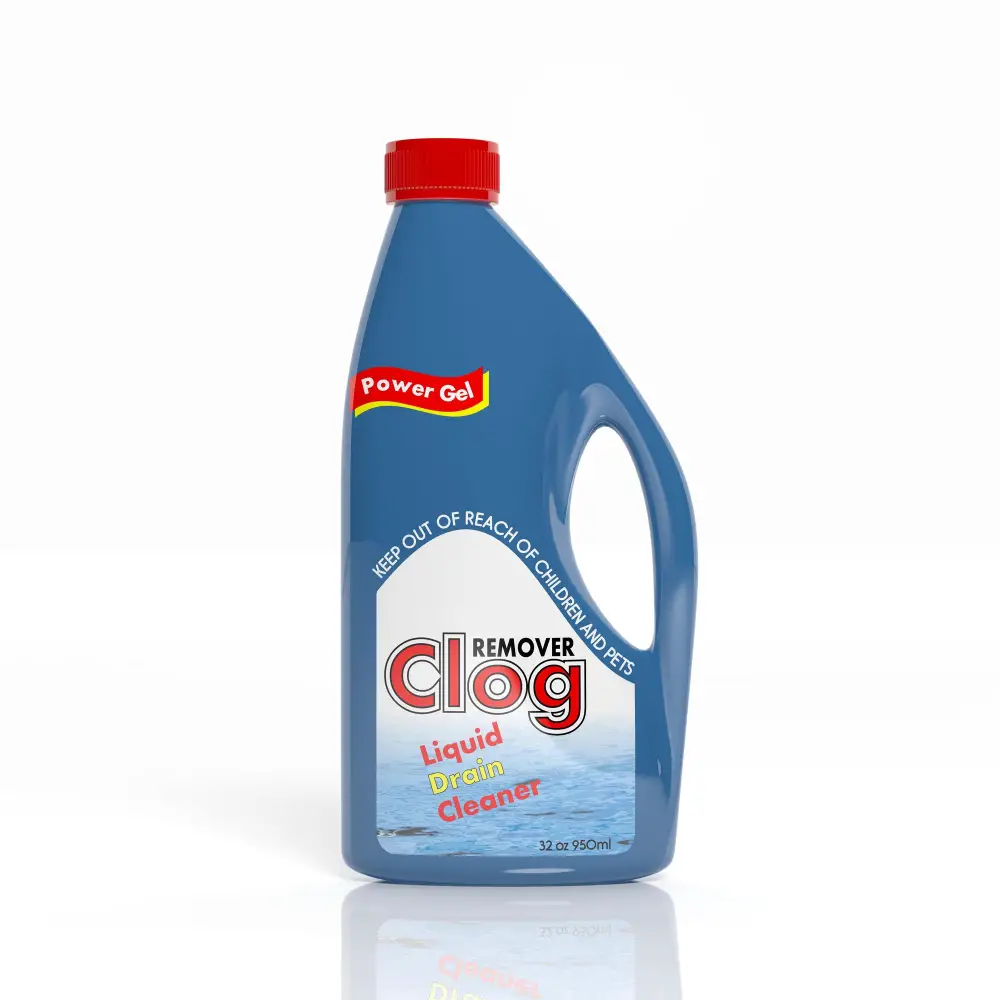
It’s designed to dissolve tough clogs caused by hair, soap scum, and other debris that can accumulate in your kitchen sink over time. The gel formula clings to pipes and drains for longer periods than liquid drain cleaners, allowing it to penetrate deep into clogs and break them down quickly.
If you’re dealing with a stubborn kitchen sink clog that won’t budge with traditional methods like plunging or using baking soda and vinegar, Drano Max Gel Clog Remover may be just what you need. However, it’s important to follow the instructions carefully when using this product as it contains powerful chemicals that can cause harm if not handled properly.
It’s also worth noting that while Drano Max Gel Clog Remover is effective at removing existing clogs from your kitchen sink drainpipes; regular use of such chemical-based solutions could damage your plumbing system over time. Therefore we recommend only occasional use of these types of products as part of an overall maintenance plan for keeping your sinks flowing smoothly.
Drano Kitchen Granules Clog Remover
It’s formulated with sodium hydroxide, which works by breaking down grease, soap scum, and other organic materials that cause blockages in your pipes. The granular form of this product makes it easy to pour directly into the drain without any mess or fuss.
If you’re dealing with a stubborn clog that won’t budge even after using Drano Max Gel Clog Remover or other DIY solutions like baking soda and vinegar, then Drano Kitchen Granules may be the right choice for you. However, it’s important to follow the instructions carefully and take safety precautions when handling this product.
Remember that prevention is always better than cure when it comes to kitchen sink clogs. To avoid future blockages from occurring regularly clean out food scraps from plates before washing them off in the sink; use a strainer over your drain opening; never pour cooking oil or grease down your drains as they can solidify inside pipes causing severe damage over time.
Drano® Dual-Force ® Foamer Clog Remover
This product uses a unique dual-force action to dissolve and remove stubborn clogs, including those caused by grease, soap scum, and food particles.
The foaming action of Drano® Dual-Force ® Foamer Clog Remover helps it penetrate deep into your pipes to break up tough clogs quickly. It’s safe for all types of pipes and septic systems when used as directed.
If you’re dealing with a particularly stubborn kitchen sink clog that won’t budge with other methods, Drano® Dual-Force ® Foamer Clog Remover may be the solution you need. However, it’s important to follow the instructions carefully and take proper safety precautions when using any drain cleaning product.
Understanding Kitchen Sink Clogs
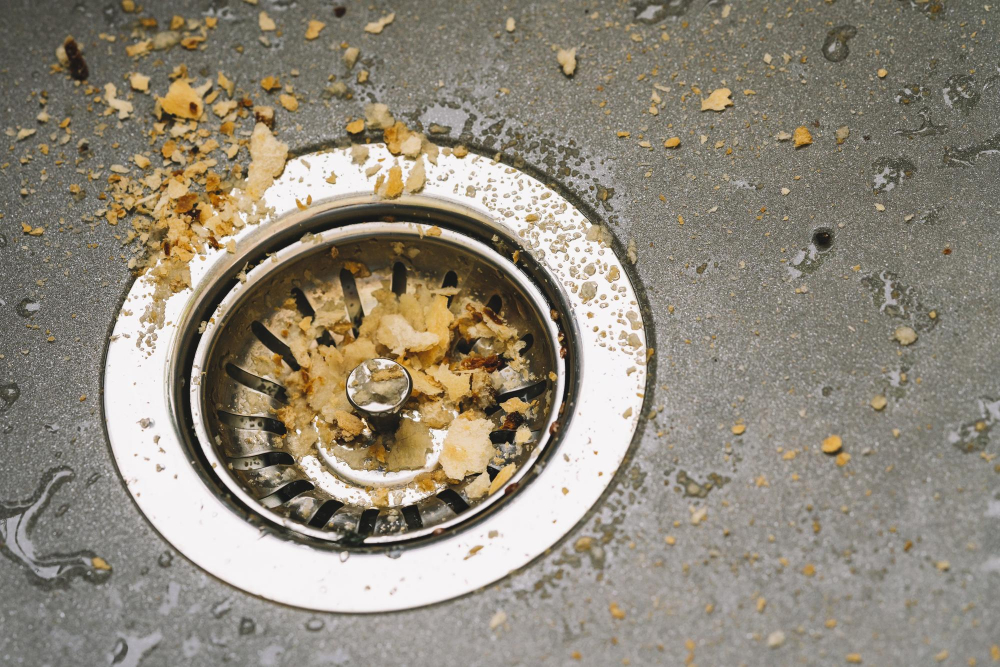
Food particles, grease, soap scum, and other debris can accumulate in the drain over time and cause blockages. Foreign objects such as utensils or small toys may accidentally fall into the sink and get stuck in the drain.
Understanding what causes kitchen sink clogs is essential to prevent them from happening again in the future. By being mindful of what goes down your kitchen sink drain and taking preventative measures like using a strainer to catch food scraps or pouring boiling water down your drains regularly can help keep them flowing smoothly.
However, if you do experience a stubborn clog despite these efforts then it’s time to consider using Drano or other unclogging methods like baking soda & vinegar solution or plunging with a plunger tool.
Common Kitchen Sink Clogs

One of the most common culprits is food waste, especially if you don’t have a garbage disposal or if you’re not careful about what goes down the drain. Grease and oil buildup can also cause blockages over time, as they solidify and stick to the inside of your pipes.
Other causes include soap scum, mineral buildup from hard water, and foreign objects accidentally dropped down the drain.
Identifying what’s causing your kitchen sink clog is important in determining how best to tackle it. If it’s just food waste or grease buildup near the surface of your pipes, then Drano may be an effective solution for breaking up those blockages quickly and easily without having to call in a plumber.
How Drano Works
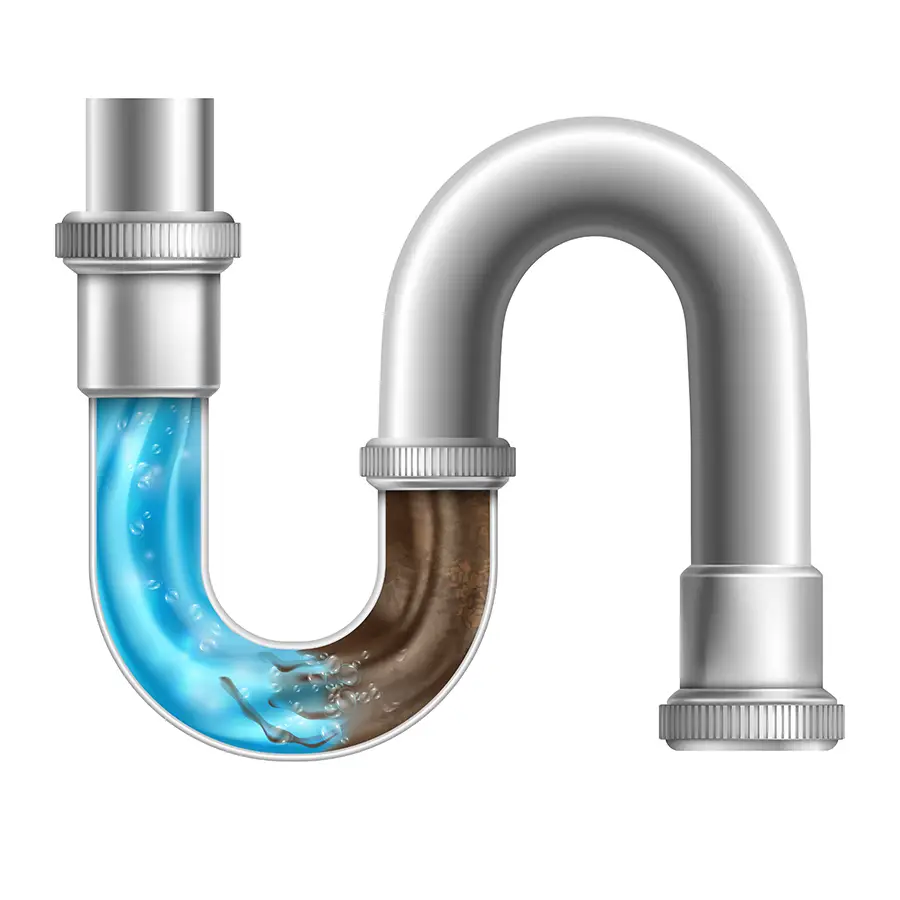
How does it work? Drano works by using powerful chemicals that dissolve the clogs in your pipes, allowing water to flow freely again. The active ingredient in most Drano products is sodium hydroxide or lye, which breaks down organic matter like hair and food particles.
When poured into a clogged sink, the chemical reaction between the lye and water creates heat and gas bubbles that help break up the blockage.
Drano also contains other ingredients such as bleach or aluminum chips which help enhance its cleaning power. Bleach helps whiten stains while aluminum chips create more heat when mixed with water.
It’s important to note that while Drano can be effective at removing clogs from your kitchen sink, it should only be used as a last resort after trying other methods first. You should always follow safety precautions when using any type of drain cleaner including wearing gloves and eye protection.
Can You Use Drano in Kitchen Sink?

Can you use Drano in the kitchen sink? The answer is yes, with some precautions.
Firstly, it’s important to identify what type of clog you’re dealing with. If your kitchen sink is clogged due to food particles or grease buildup, then Drano may be an effective solution.
However, if the blockage is caused by something more serious like a foreign object stuck in the pipes or damaged plumbing system, then using Drano could make things worse.
It’s also essential to follow safety precautions when using any chemical drain cleaners like Drano. Always wear gloves and eye protection when handling these products as they contain harsh chemicals that can cause skin irritation and burns.
When pouring Drano into your kitchen sink drain, ensure that there are no standing water left on top of it as this will dilute its effectiveness. Leave it for about 30 minutes before flushing hot water down the drain thoroughly.
Is Drano Safe to Use in the Garbage Disposal?
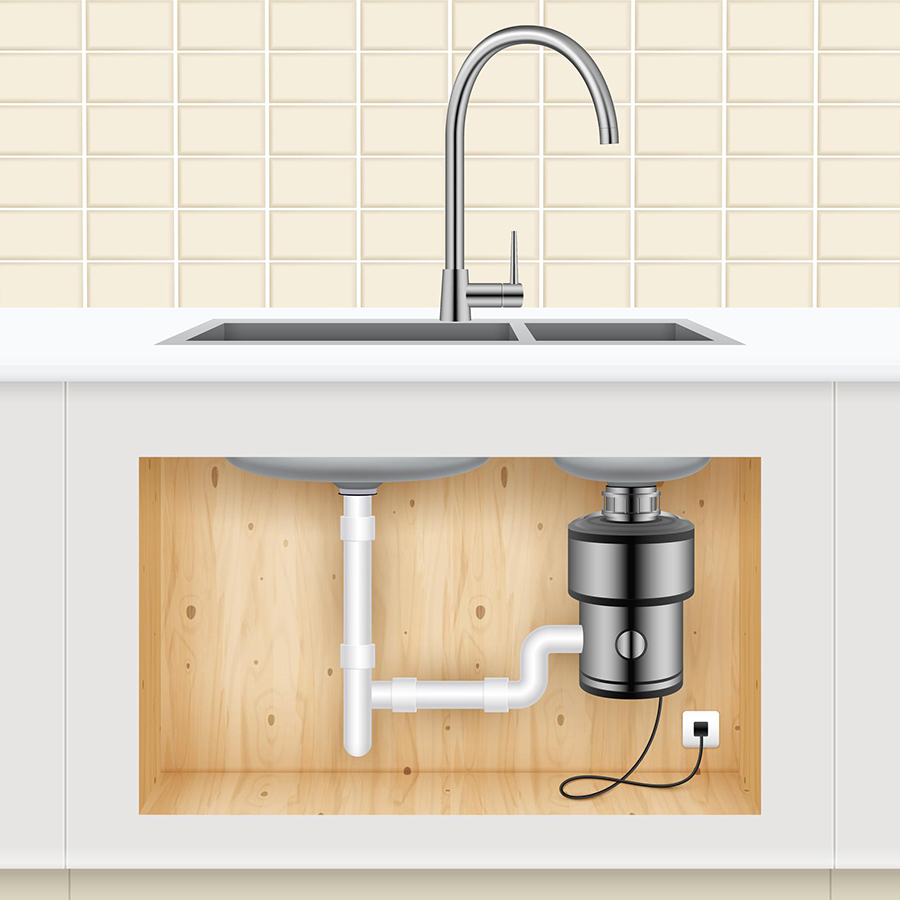
When it comes to using Drano in the garbage disposal, there are some things you need to consider.
Firstly, it’s important to note that Drano should never be used in a garbage disposal. The chemicals in Drano can cause damage and corrosion to the metal components of your garbage disposal unit.
This can lead to leaks or even complete failure of your unit.
If you have PVC pipes under your sink (which is common), using Drano could also cause damage and weaken the pipes over time due its corrosive nature.
So what should you do instead? If you’re experiencing clogs in your garbage disposal, try using alternative methods such as boiling water or baking soda and vinegar solutions before resorting to chemical drain cleaners like Drano.
Which Drano Is Best for Kitchen Sink?
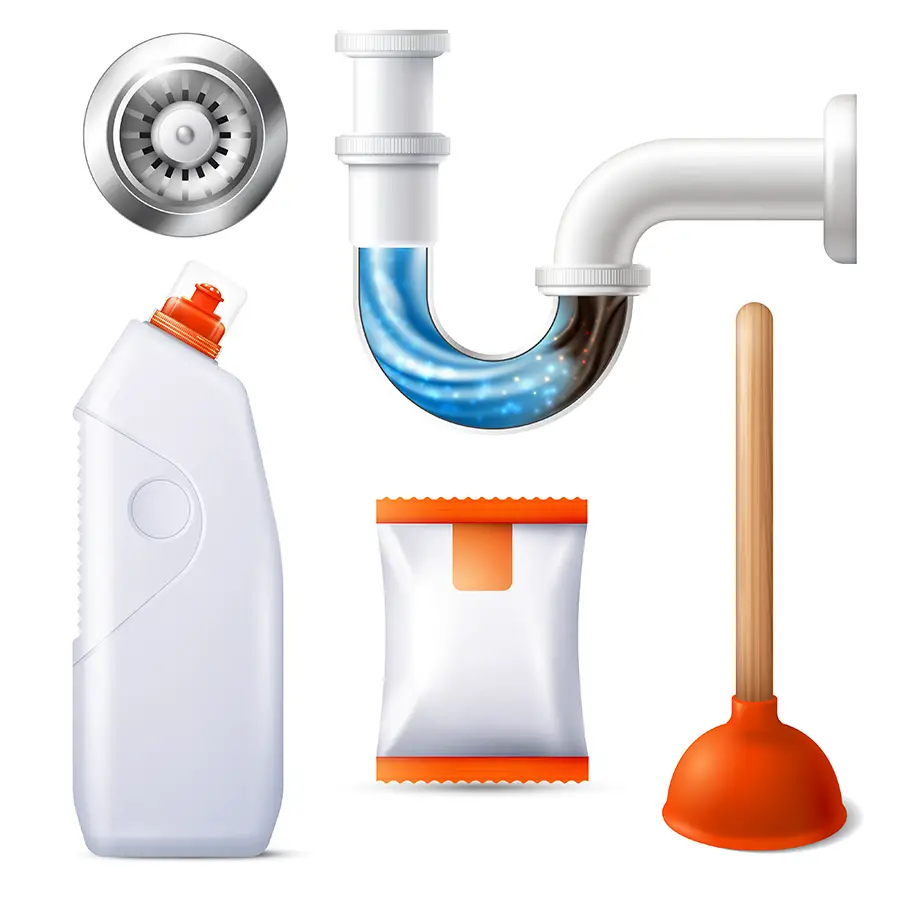
The most popular ones include Drano Max Gel Clog Remover and Drano Kitchen Granules Clog Remover.
Drano Max Gel is a powerful formula that can dissolve even the toughest clogs caused by food particles, grease, and soap scum. It’s safe for all pipes and works quickly to clear blockages in your kitchen sink.
On the other hand, if you prefer an easy-to-use solution that doesn’t require any measuring or mixing, then Drano Kitchen Granules may be more suitable for you. This product is designed specifically for kitchen sinks and contains special enzymes that break down organic matter like food scraps.
Ultimately, which type of Drano you choose depends on your personal preference as well as the severity of your clogged drain issue.
Pros of Using Drano

Here are some of the benefits of using Drano:
1. Quick Results: One significant advantage of using Drano is that it works quickly to dissolve clogs, allowing water to flow freely down the drain.
2. Easy to Use: Another benefit is that it’s easy to use; you don’t need any special tools or skills, just follow the instructions on the label.
3. Cost-Effective: Compared with calling a plumber or purchasing expensive equipment, such as a drain snake or hydro jetter, buying and using Drano can be much more cost-effective.
4. Versatile Product Lineup: There are different types of Drano products available in stores today designed for specific types of clogs and plumbing systems like Kitchen Granules Clog Remover which targets food-based grease while Max Gel Clog Remover dissolves hair & soap scum buildup in bathroom drains.
Cons of Using Drano
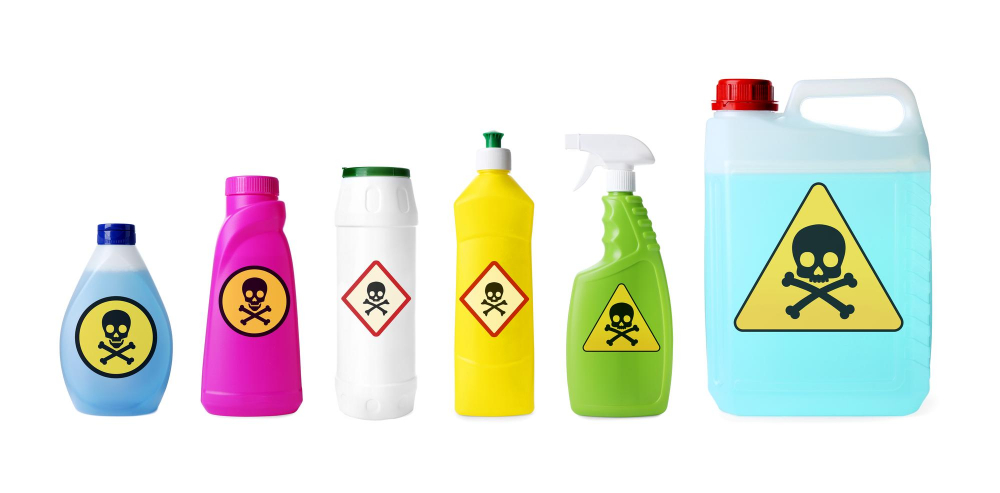
One of the main cons of using Drano is that it contains harsh chemicals such as sodium hydroxide and bleach, which can cause damage to your pipes over time. These chemicals may eat away at the metal or plastic components in your plumbing system, leading to leaks and other costly repairs.
Another downside of using Drano is its potential harm on the environment. The harsh chemicals in this product can have a negative impact on aquatic life if they make their way into waterways through sewage systems.
Lastly, while Drano may seem like a quick fix for clogged sinks, it doesn’t always work effectively on all types of clogs. For instance, if you have a severe blockage caused by solid objects or grease buildup deep within your pipes; then you might need professional help instead.
Safety Precautions With Drano
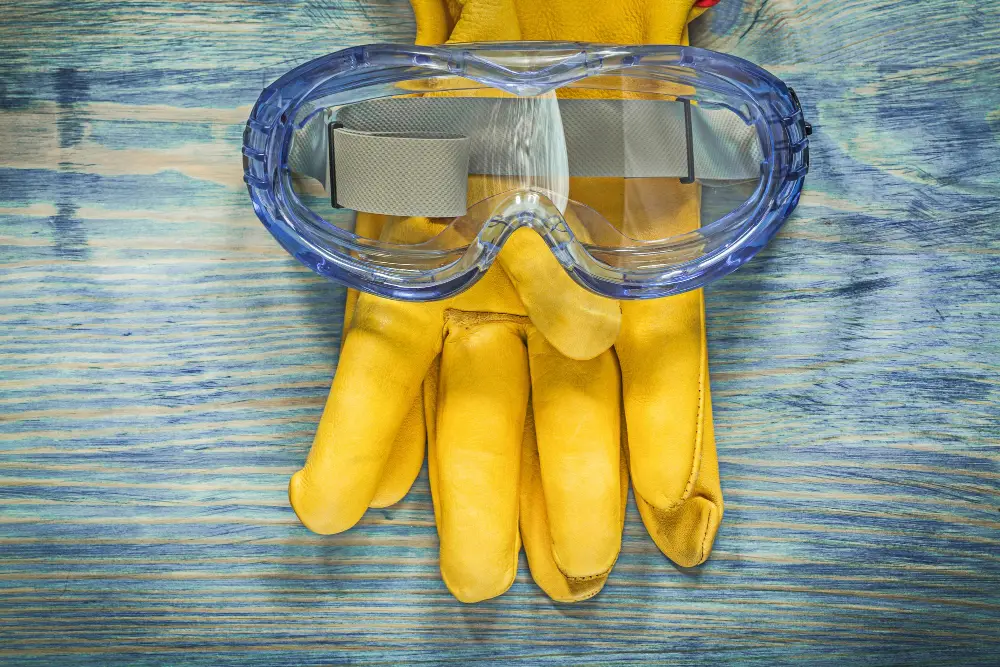
While the product is effective in unclogging drains, it contains harsh chemicals that can cause harm if not handled properly. To ensure your safety and avoid any accidents, here are some precautions you should take when using Drano:
1. Wear protective gear: Always wear gloves and eye protection when handling Drano.
2. Keep children and pets away: Make sure to keep the product out of reach of children and pets as ingestion or contact with skin can lead to serious health issues.
3. Follow instructions carefully: Read the label on the bottle carefully before use, follow all instructions provided by manufacturer strictly.
4. Do not mix with other products: Never mix different drain cleaners together as this could create dangerous chemical reactions that may result in injury or damage your plumbing system.
5- Proper disposal after use : After pouring drano into sink , make sure you dispose off empty container safely.
Alternative Ways to Unclog Kitchen Sink
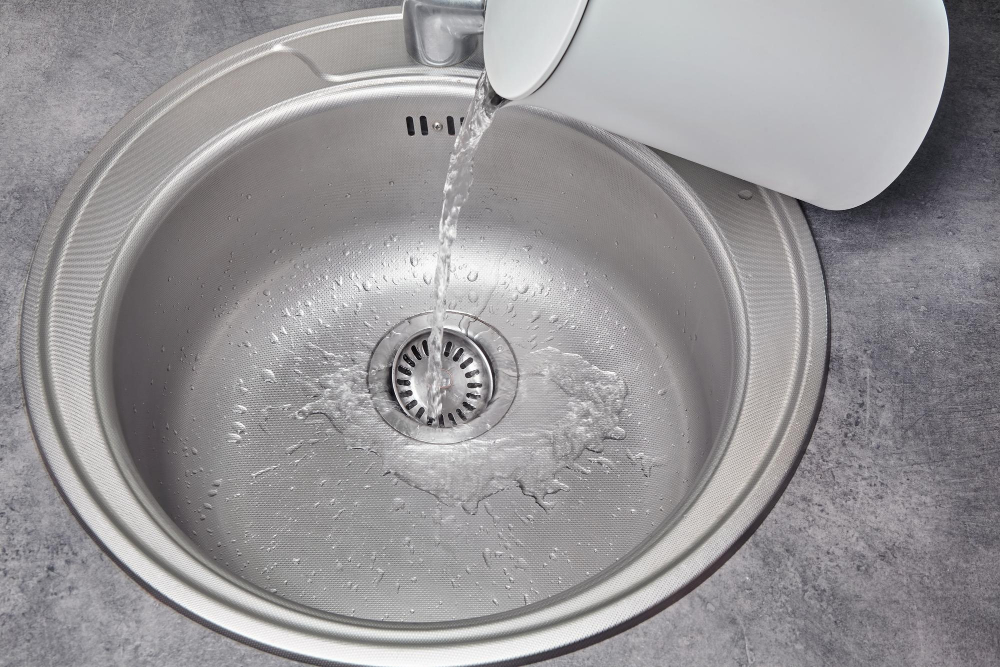
Here are some effective methods:
1. Use Boiling Water: Pour boiling water down the drain in two or three stages, allowing it to work for a few seconds between each pour.
2. Use Baking Soda and Vinegar: Mix 1/3 cup of baking soda with 1/3 cup of vinegar and pour it down the clogged drain.
Let it sit for an hour before flushing with hot water.
3. Sink Plunger: Place a plunger over the sink’s drainage hole and pump up and down vigorously several times until you feel suction against the plunger.
4.Use a Drain Snake: Insert a flexible plumbing snake into your kitchen sink’s drainage pipe until you reach resistance from whatever is causing the blockage then pull out slowly while twisting back-and-forth motion.
5.Clean The P-trap Of Old Food And Grease : Remove any standing water from under your sink by placing towels around its base; unscrew both ends of p-trap using channel locks (or similar tool) so that debris can be removed easily without damaging pipes.
Use Boiling Water
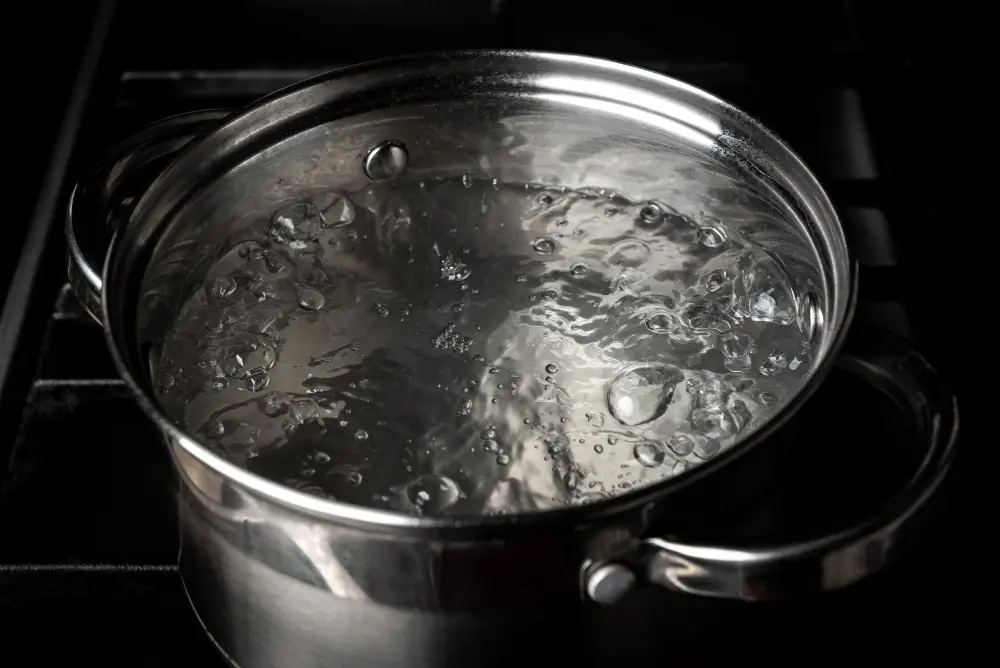
This method works best for minor clogs caused by grease or food particles that have accumulated in the drain. Boiling water can help dissolve these substances, allowing them to flow freely down the pipes.
To use this method, start by boiling a pot of water on your stove. Once it’s reached a rolling boil, carefully pour it down your kitchen sink drain in two or three stages, giving each stage time to work before adding more hot water.
It’s important to note that you should only use this method if you have metal pipes; plastic pipes may melt under high temperatures. Be sure not to splash any hot water onto yourself as it can cause burns.
While using boiling water is an easy and inexpensive way of unclogging your kitchen sink without resorting to harsh chemicals like Drano®, keep in mind that this solution may not work for severe blockages deep within your plumbing system.
Use Baking Soda and Vinegar
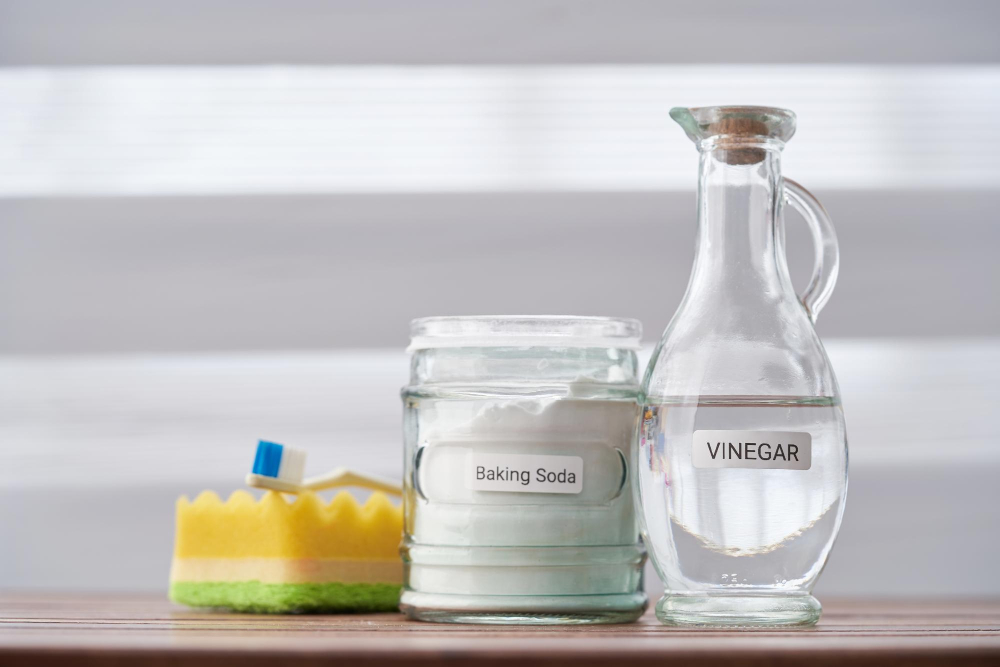
This DIY solution is not only affordable but also eco-friendly. To use this method, start by pouring boiling water down the drain to loosen any debris or grease buildup.
Next, pour half a cup of baking soda into the drain followed by one cup of white vinegar. Cover the drain with a plug or cloth as it will fizz up quickly due to chemical reaction between these two ingredients.
Let it sit for about 30 minutes before flushing with hot water again until all residue has been washed away completely.
While this method may take longer than using Drano products, it’s still an effective way to clear out minor clogs in your kitchen sink without harsh chemicals that can damage pipes over time.
Sink Plunger
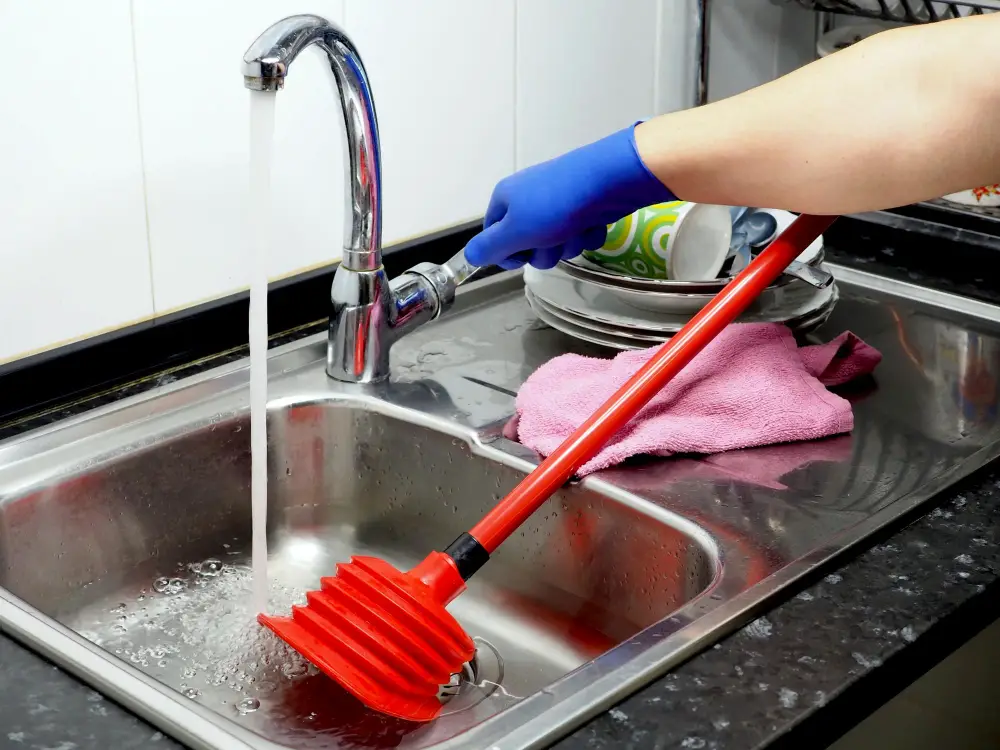
A sink plunger is an inexpensive tool that can help dislodge clogs by creating suction pressure. To use it, fill the sink with enough water to cover the rubber part of the plunger and place it over the drain opening.
Push down gently but firmly on the handle several times until you feel resistance from whatever is causing your clog.
If this method doesn’t work right away, try adding some petroleum jelly around its rim or using hot water instead of cold water in order to create more suction power.
While plunging may be effective for minor blockages caused by food particles or grease buildup, it’s not always successful in removing larger obstructions like hairballs or foreign objects stuck inside pipes. If plunging doesn’t work after several attempts, consider trying other methods such as using baking soda and vinegar solution or calling professional plumbing services.
Preventing Future Sink Clogs.
Now that you’ve successfully unclogged your kitchen sink let’s talk about how we can prevent future clogs from happening again. One way to avoid future blockages is by being mindful of what goes down our drains; avoid pouring cooking oil/grease into sinks as they solidify when cooled leading up to build-up within pipes which eventually causes blockage.
Another preventive measure would be installing mesh screens over drain openings which will catch any debris before entering into pipes.
Use a Drain Snake
A drain snake is a long, flexible tool that can reach deep into your pipes and break up any clogs. To use one, you’ll need to insert the end of the snake into your drain and turn it clockwise while pushing it forward.
This will help dislodge any debris or buildup in your pipes.
It’s important to note that using a drain snake requires some skill and caution as improper use may damage your plumbing system further. If you’re not confident in doing this yourself or if the clog persists after trying these methods, consider calling professional plumbers for assistance.
While Drano may seem like an easy fix for kitchen sink clogs, there are alternative solutions such as boiling water or baking soda and vinegar mixture which are safer options without harsh chemicals involved.
Understanding how Drano works is essential before deciding whether it’s right for you when dealing with kitchen sink clogs.
Clean the P-trap of Old Food and Grease
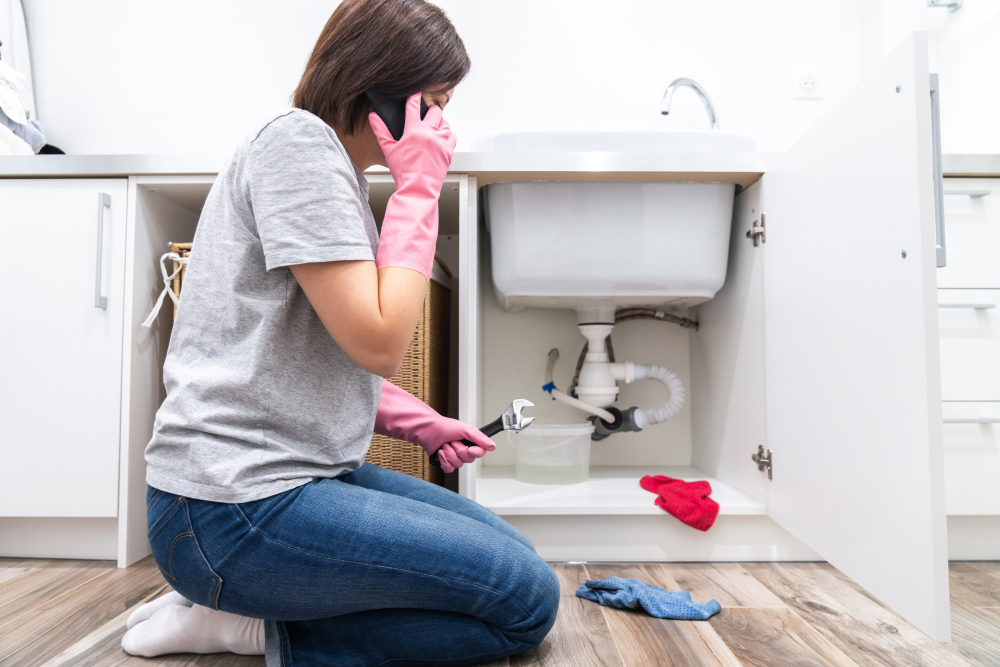
The P-trap is a curved pipe located under your sink that traps debris to prevent it from entering your plumbing system. Over time, this trap can become clogged with food particles, grease, and other debris.
To clean the P-trap, start by placing a bucket or bowl underneath to catch any water or debris that may spill out during cleaning. Then use pliers to loosen and remove the nuts on either side of the trap.
Once removed, you can clean out any buildup using a wire brush or similar tool.
After cleaning out all visible gunk from inside your drainpipe’s curve (P-Trap), reattach everything back together tightly before running hot water down into it for several minutes.
Preventing Future Sink Clogs
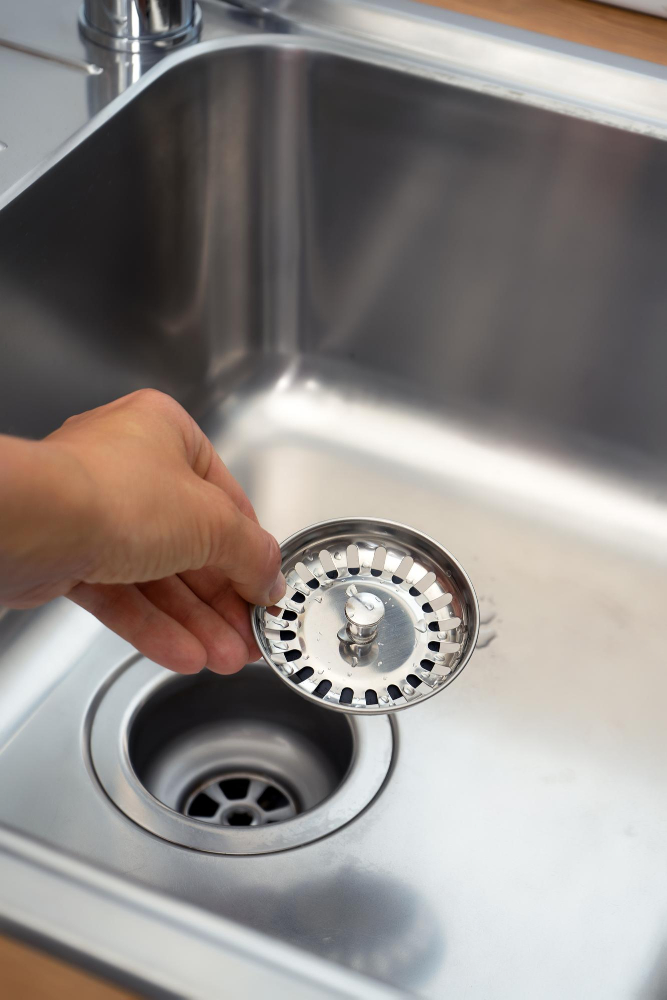
Here are some tips:
1. Avoid pouring grease or oil down the drain: Grease and oil can solidify in pipes and cause blockages.
2. Use a strainer: Place a strainer over your sink drain to catch food particles, hair, and other debris before they go down the drain.
3. Run hot water after each use: Running hot water for 15-30 seconds after each use helps flush out any remaining debris in the pipes.
4. Regular cleaning of P-trap: The P-trap is located under your sink; it traps food particles and other debris from going further into the plumbing system but can get clogged over time if not cleaned regularly.
By following these simple steps, you can prevent future kitchen sink clogs effectively. However, suppose you still experience frequent or persistent clogging despite taking preventive measures like using Drano regularly or trying alternative methods such as boiling water or baking soda-vinegar solution without success? In that case, consider seeking professional help from experienced plumbers who will diagnose underlying issues causing repeated blockages in your plumbing system accurately.
Drano is an effective solution for clearing most types of kitchen sinks’ common blockages caused by grease buildup and food waste accumulation when used correctly while adhering strictly to safety precautions outlined on its label instructions.
How to Prevent Kitchen Sink Clogs
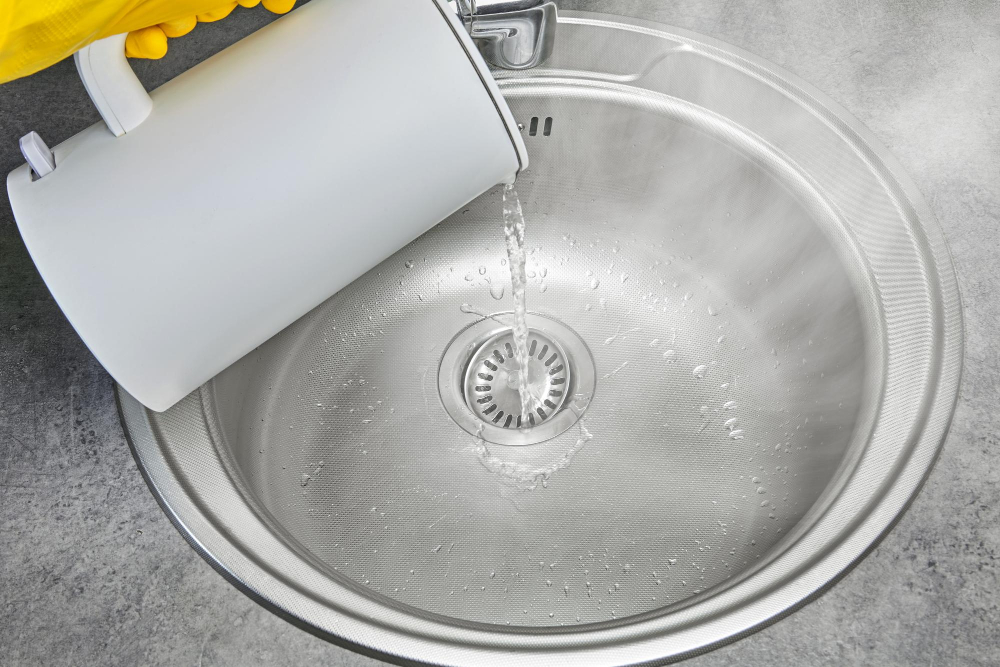
Here are some tips on how to prevent future sink clogs:
1. Avoid pouring grease and oil down the drain: Grease and oil can solidify in your pipes, causing blockages that lead to clogged sinks.
2. Use a strainer: Place a strainer over your kitchen sink drain to catch food particles, hair, and other debris before they go down the drain.
3. Run hot water after each use: Running hot water for 15-30 seconds after each use helps flush out any remaining debris in your pipes.
4. Don’t overload garbage disposal: Only put small amounts of food waste into your garbage disposal at a time instead of trying to dispose of large quantities all at once.
5. Regular cleaning maintenance: Clean out any leftover food scraps from dishes before washing them in the sink or dishwasher regularly.
Professional Drain Cleaning Services

Professional drain cleaning services can help identify and remove even the most stubborn clogs in your kitchen sink. These experts have specialized tools and equipment that allow them to reach deep into your plumbing system without causing damage.
One of the benefits of hiring a professional is that they can also inspect your pipes for any signs of damage or corrosion, which could lead to future clogs or leaks if left untreated. They will also provide advice on how best to maintain your plumbing system going forward.
While professional drain cleaning services may cost more than DIY solutions, they are often worth it in terms of time saved and long-term savings on potential repairs caused by neglecting a persistent problem.
While Drano products are effective at removing many types of kitchen sink clogs, there are situations where calling a professional is necessary.
Final Thoughts

It’s important to understand the type of clog you’re dealing with and which Drano product is best suited for the job. It’s also crucial to follow safety precautions when using any chemical drain cleaner like Drano.
While there are alternative ways to unclog your kitchen sink without using chemicals, prevention is always better than cure. Regularly cleaning your sink and avoiding pouring grease or food scraps down the drain can go a long way in preventing future clogs.
If you’ve tried everything but still cannot seem to get rid of that stubborn clog in your kitchen sink, it may be time to call in professional help from a plumber or drain cleaning service.
Remember that while Drano may work wonders on some types of clogs, it’s not a one-size-fits-all solution. Always read instructions carefully before use and take necessary safety measures such as wearing gloves and eye protection.
FAQ
Which Drano is best for kitchen sink?
The best Drano for kitchen sinks is Drano Max Gel, as it works quickly to eliminate tough clogs with its deep-reaching, reliable, and effective thick gel formula.
What do plumbers use to unclog kitchen sink?
Plumbers use a manual drain snake, also known as a plumber’s snake or a drain auger, to unclog kitchen sinks.
What is the best solution to unclog kitchen sink?
The best solution to unclog a kitchen sink is to pour a cup of baking soda down the drain, followed by a cup of white vinegar, cover the drain with a rubber stopper for 15 minutes, and finally, remove the cover and run hot tap water to clear the clog.
Why do plumbers say not to use Drano?
Plumbers advise against using Drano due to its corrosive nature, which can cause toilet bowls to crack, PVC pipes to melt or break, and pipe glue to deteriorate, potentially leading to an inoperable plumbing system and expensive repairs.
Are there any natural alternatives to Drano for unclogging kitchen sinks?
Yes, natural alternatives to Drano for unclogging kitchen sinks include using a mixture of baking soda, vinegar, and hot water.
How often can Drano be safely used in a kitchen sink without damaging pipes?
Drano can be safely used in a kitchen sink once every few months to avoid damaging pipes.
What precautions should be taken while using Drano in a kitchen sink?
When using Drano in a kitchen sink, one should wear protective gloves and safety goggles, avoid splashing, keep the room well-ventilated, and never mix it with other chemicals.




